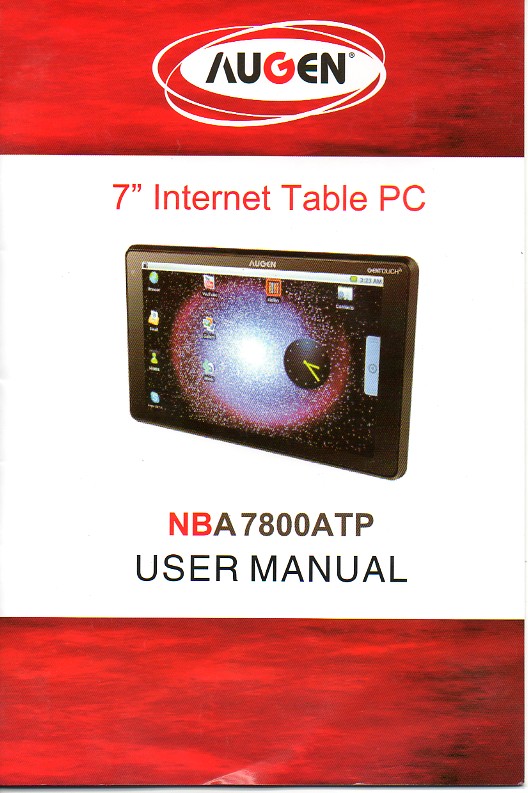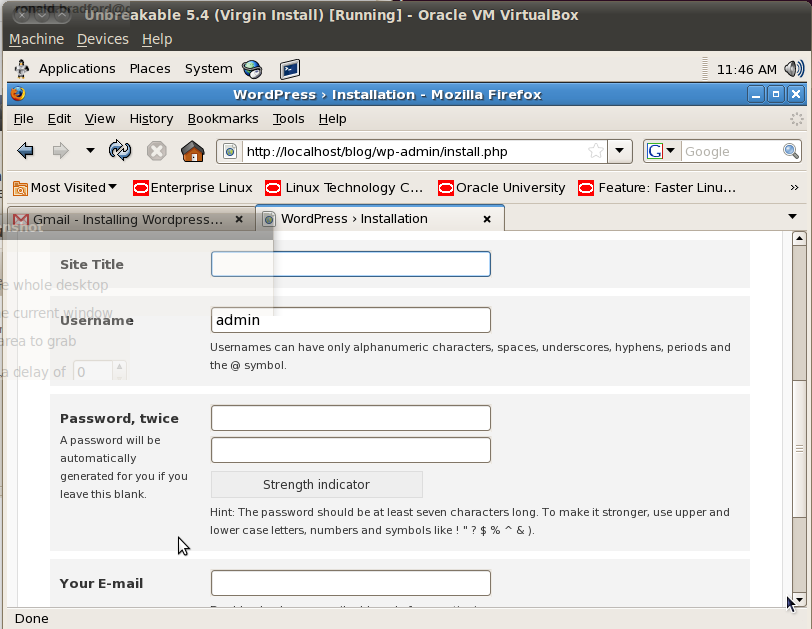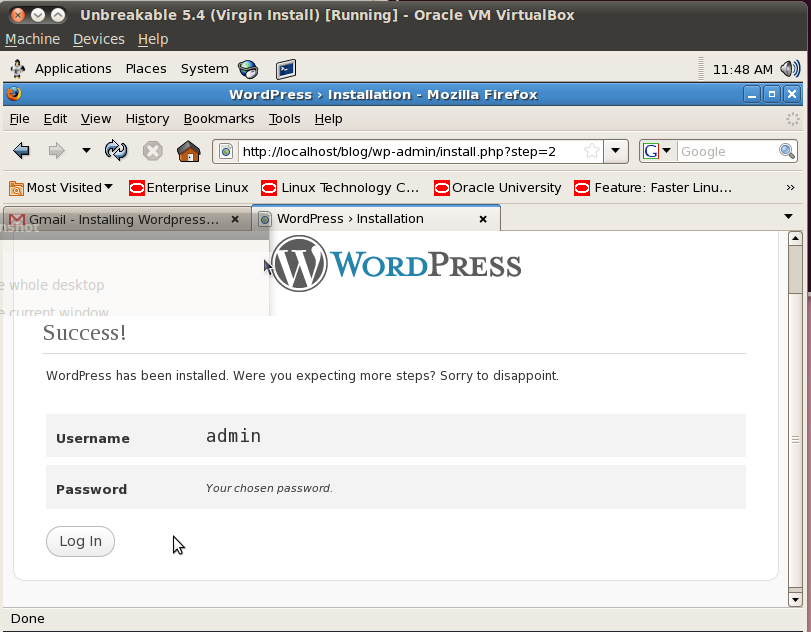Today I discovered that you are unable to compile the current stable PHP version 5.3.4 with yesterday’s MySQL 5.5.8 GA release. I was able to download the current MySQL 5.1.54 and compile without issue.
You can find all the gory details in Bug #58987 however I was able to edit a number of MySQL include file to get a build. Does this mean it’s a MySQL packaging problem or a PHP problem I don’t know, but I would hope that Oracle in the testing phase of a GA release test this against popular programming languages starting with the LAMP stack to ensure compatibility such as what I uncovered.










